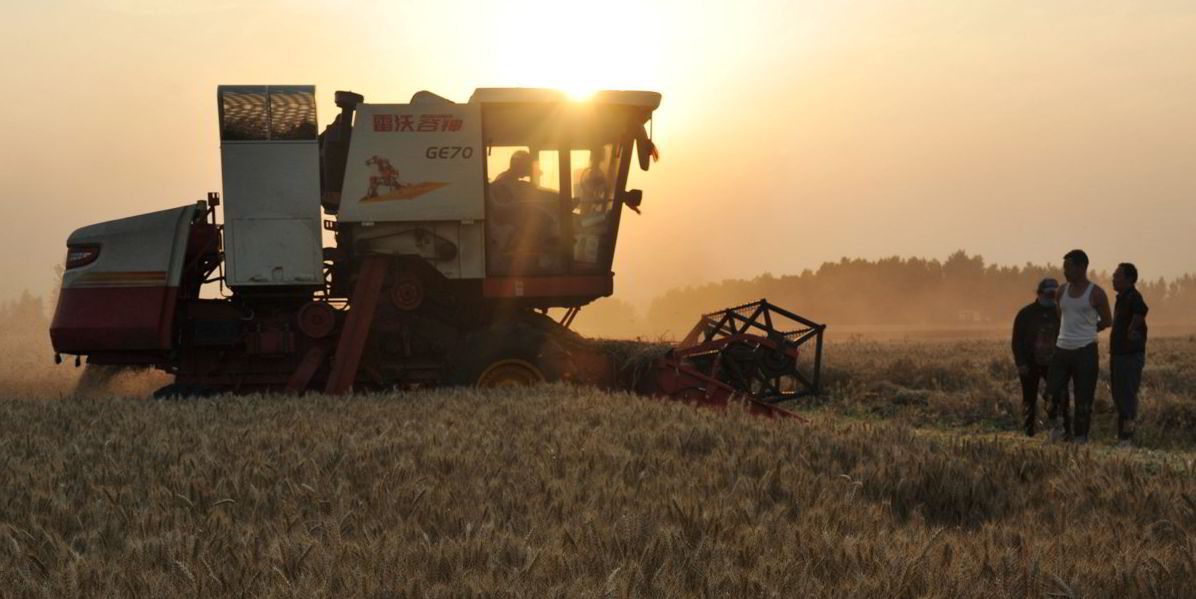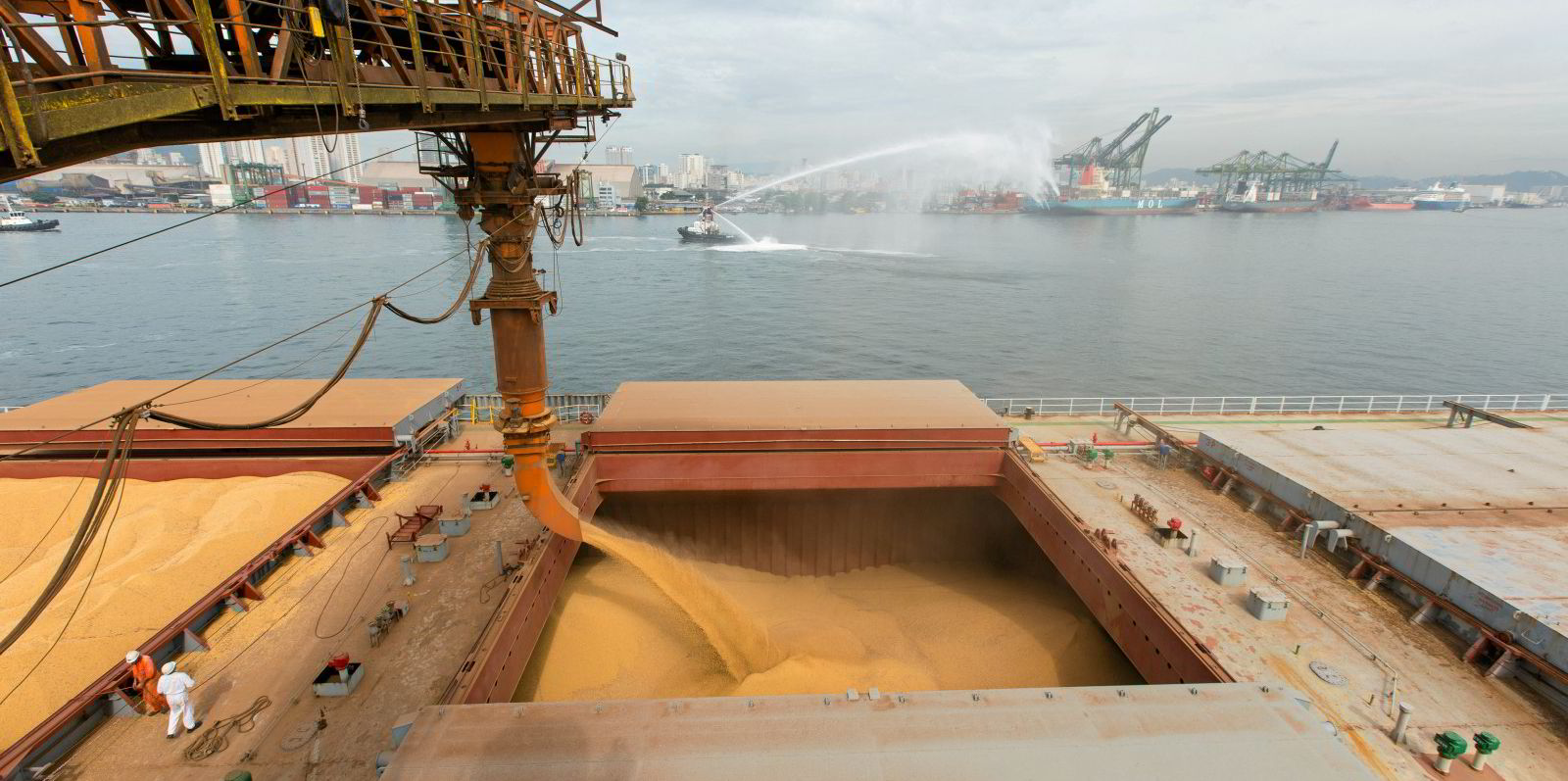More than two decades ago, a friend of mine who was living in China told me: "The dragon will bring you prosperity." I never discovered whether it was an ancient proverb or the wisdom of a fortune cookie, but his belief in the impact of Chinese demand was as strong as the iron ore that would come to symbolise it.
In the 20 or so years since then, China has played a leading role in almost every shipping trend worth noting. For my company, Nachipa, and our asset-light, cargo-orientated business model, there is no single factor more important than China to our daily operations.
Four commodities make up a big majority of our cargoes: grains, fertilisers, coal and iron ore. Chinese demand as a percentage of global demand for those final three is about 30%, 20% and 60%, respectively.
However, it is that first commodity I want to talk about. China’s hunger for corn has the potential to become a more significant driver in the grain trade the way it has been in the iron ore and oil trades.
But first, a little background.
Against the grain

In the tanker markets, it is known that the US has a strategic petroleum reserve. What is less well known outside the dry bulk markets is that China has a strategic pork reserve.
Although the existence of this spare-rib stockpile is acknowledged by the world’s biggest importer, producer and consumer of swine, the actual amount of pork stored in it is a state secret.
In 2011, there was a sudden rise in the cost of corn. This led to Beijing imposing a price floor on corn to incentivise production.
For the government, this was a major success. Stocks of Chinese corn grew enormously, and at points have represented more than half of all known global stocks. However, when the price floor was removed in 2015, acreage for corn decreased.
This presented a challenge. As production of corn had grown, its industrial use had also risen in products such as ethanol and starch, substantially reducing the amount of corn that could be used for agriculture.
This was a relatively manageable challenge until recently. Unfortunately, since 2017, China has lost more than 200m pigs to African swine flu, and it is still in the midst of a huge effort to rebuild the national herd.
To do this requires grain. Lots more grain. The feed conversion rate for grain to pork is approximately four or five. In practice, this means that for every five million tonnes of pork production, you will need an extra 20m to 25m tonnes of grain.
The net result, as many of you will have seen in TradeWinds, is that import demand has risen. It remains possible that China will increase production further. But, right now, it seems much likelier that it will become a structural importer of corn for the foreseeable future.
For those of us who were working at the start of this century, it is impossible to forget the impact that China had when it became a structural importer of iron ore and oil.
Bull or bear?
It is too soon to tell if we will see the same effect on the grain markets. Post-Covid-19, there are too many unknowns and too few modern precedents to make that prediction with confidence.
What I do know is that China's corn imports last year were more than double that in 2019, and in the 2020/2021 agricultural year the US Department of Agriculture’s World Agricultural Supply and Demand Estimates report is expecting more than 400% growth in Chinese imports compared with 2018/2019.
Should that come to pass, the consequences will not be seen only in the dry bulk sector. Rising prices for pork could lead more Chinese farmers to increase their herds, and an increase in the price for grain that is already at a seven-year high.
After a tumultuous 2020 and its surplus of evidence about the damage caused by supply shocks, is the world ready for a big increase in food prices?
Felipe Simian is chief executive of Nachipa, a bulker operator based in Santiago, Chile
Do you have an opinion to share? Email: news@tradewindsnews.com







